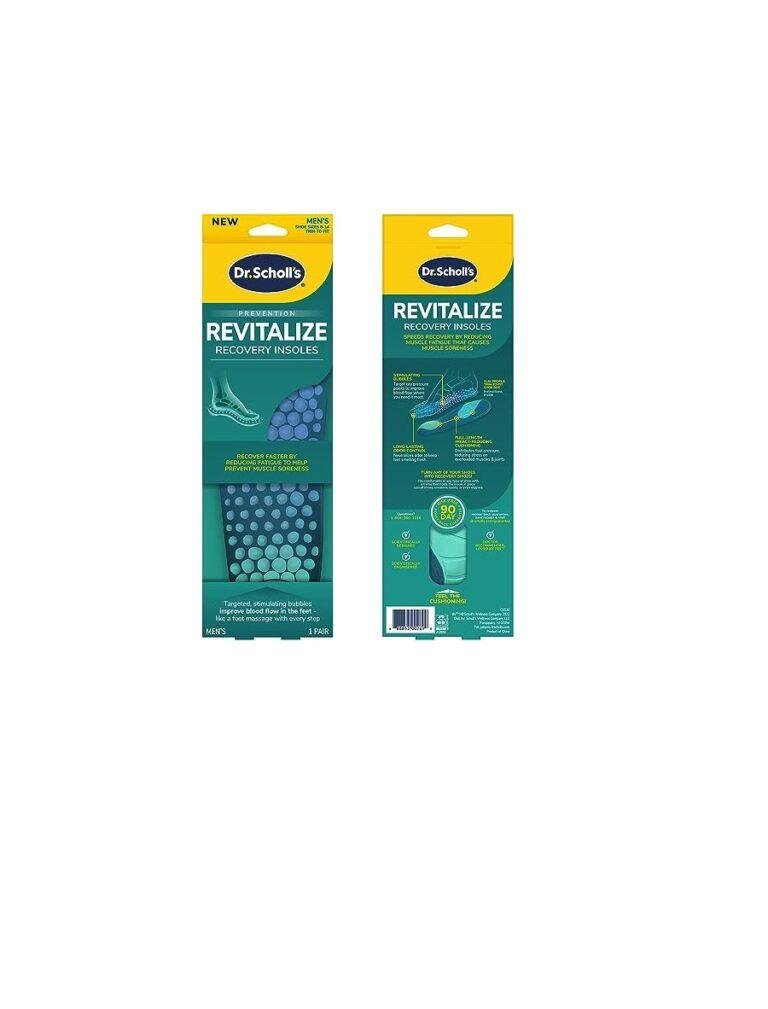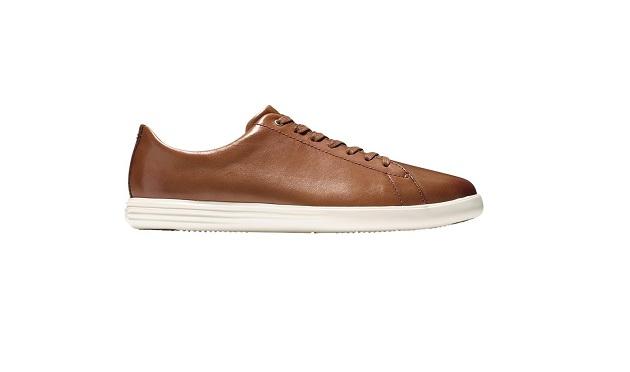What is the difference between indoor soccer shoes and turf shoes?
⚽ What Is the Difference Between Indoor Soccer Shoes and Turf Shoes?
Whether you’re playing a fast-paced game in a gym or on synthetic turf, the type of soccer shoe you wear matters more than you think. Many beginners—and even experienced players—confuse indoor soccer shoes with turf shoes, but they serve very different purposes.
In this post, we’ll break down the core differences to help you choose the right shoes for your playing environment—whether you’re in Chicago or London.
🏟️ 1. Playing Surface
Indoor Soccer Shoes:
-
Designed for smooth, flat surfaces like hardwood, polished concrete, or gym floors.
-
Commonly used for futsal and indoor 5-a-side soccer.
Turf Shoes:
-
Built for artificial turf fields with short, synthetic grass blades.
-
Ideal for outdoor turf pitches or older-generation artificial surfaces.
👉 Why it matters: Wearing the wrong shoes can lead to slipping, poor traction, or even injuries.

👟 2. Sole Type and Traction
| Feature | Indoor Soccer Shoes | Turf Soccer Shoes |
|---|---|---|
| Sole Type | Flat, gum rubber (non-marking) | Rubber sole with many small rubber studs |
| Grip Pattern | Herringbone or textured sole for court grip | Dozens of tiny rubber nubs for turf traction |
| Surface Reaction | Excellent on hard, smooth surfaces | Great grip on turf, not suitable for indoor courts |
👉 Pro Tip: Indoor shoes can slide dangerously on turf. Turf shoes can mark and damage indoor courts.
🏃 3. Movement & Support
Indoor Shoes:
-
Low-profile and flexible, perfect for quick lateral moves and ball control.
-
Offer minimal cushioning for better foot-to-ground contact.
Turf Shoes:
-
Slightly more rigid with added cushioning to absorb shock from synthetic turf.
-
Provide stability and arch support for stop-start motion on rougher ground.
👉 Who should use them:
-
Indoor: Futsal players, gym soccer, school halls.
-
Turf: Players practicing or playing league games on artificial turf or 3G/4G pitches.
💡 4. Durability & Longevity
Indoor shoes tend to wear down faster on abrasive surfaces like concrete.
Turf shoes, with their reinforced soles, last longer on rougher synthetic fields.
If you switch surfaces often, consider having one pair for each environment.
🧼 5. Marks and Cleanliness
Indoor courts often require non-marking soles—which indoor shoes offer.
Turf shoes, however, can carry dirt and debris, making them less ideal for indoor facilities.
✅ Which One Should You Choose?
| Your Playing Surface | Best Shoe Type |
|---|---|
| Indoor court (gym, hall) | Indoor Soccer Shoes |
| Outdoor turf (3G, 4G) | Turf Soccer Shoes |
| Both (switching regularly) | Own one of each |
If you’re a player in New York, Los Angeles, Manchester, or Birmingham, where multiple field types are common, owning the correct footwear is essential to your performance, comfort, and safety.
🏁 Final Thoughts: Don’t Let the Wrong Shoes Hold You Back
Choosing between indoor soccer shoes and turf shoes isn’t just about style—it’s about functionality, injury prevention, and maximizing your performance. Whether you’re playing futsal indoors or battling it out on turf, the right pair of shoes can give you the edge.
Want to improve your game? Start from the ground up—literally.
Top Places to Buy Running Shoes in the US
Here are the most reliable retailers with wide selections and verified stock in the USA:
- On Running Official Store—Full range with exclusive colorways and latest drops.
- Zappos—great customer service, free shipping, and returns.
- Nordstrom—Often has limited-edition On Cloud styles.
- Amazon—fast Prime shipping and user reviews.
Where to Buy Running Shoes in the UK
On Cloud, shoes are now widely available in the UK, thanks to the growing demand for athletic-meets-luxury footwear.
- On Running UK Store—Official UK site with local support.
- John Lewis—trusted British retailer with in-store pickup options.
- Sportsshoes.com—Regular discounts on older models.
- Amazon UK—Broad availability and quick shipping.







